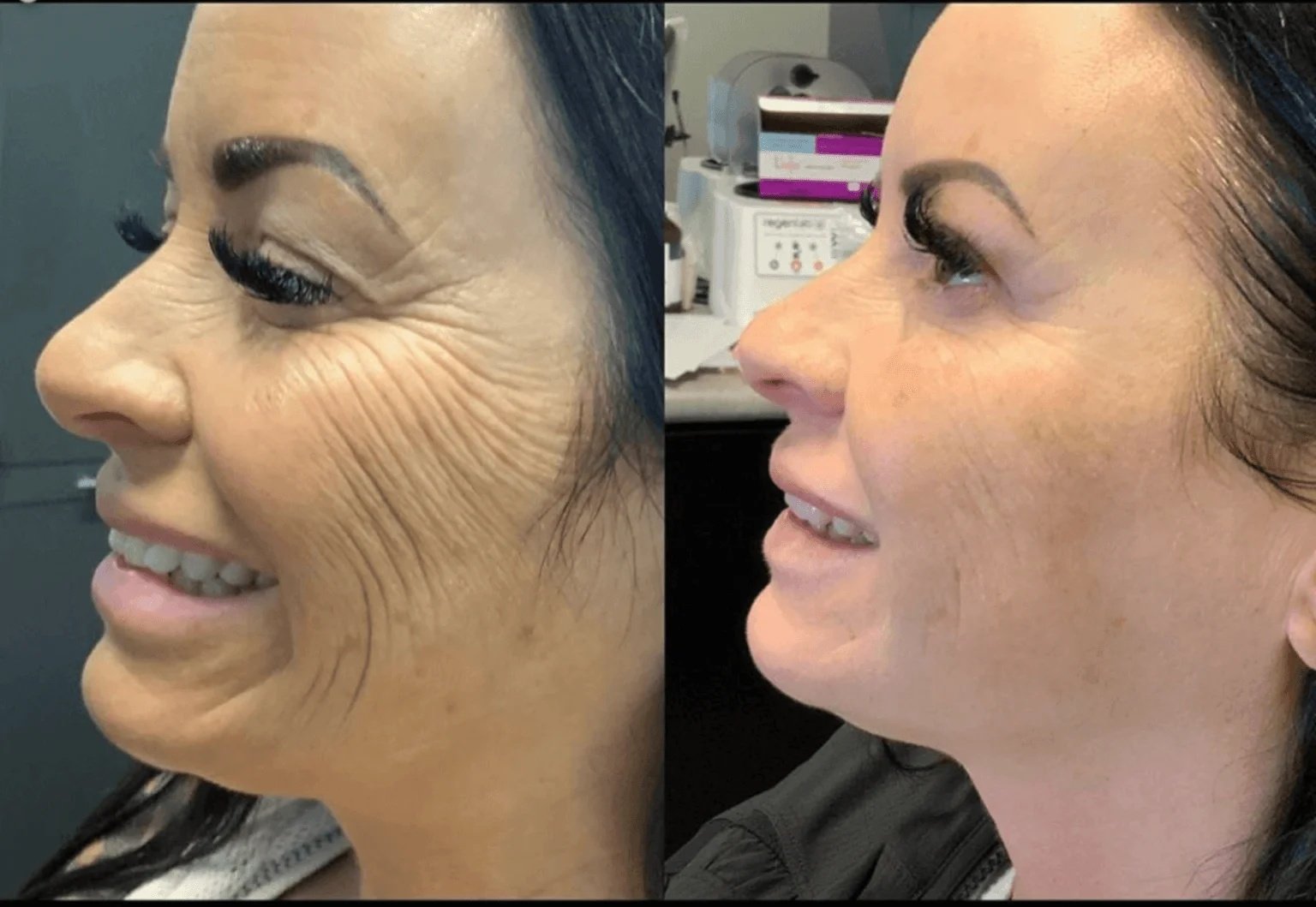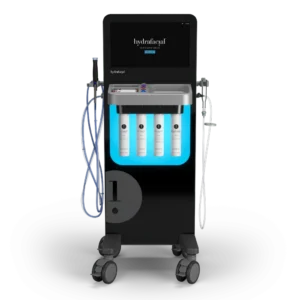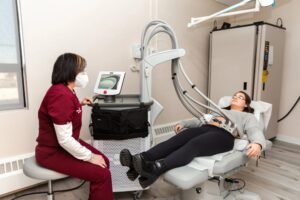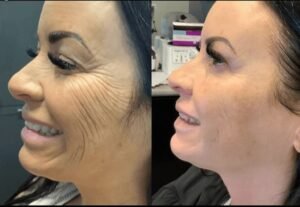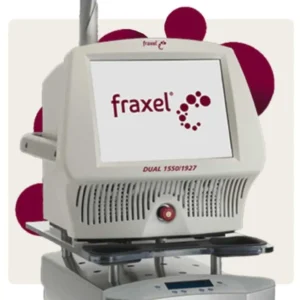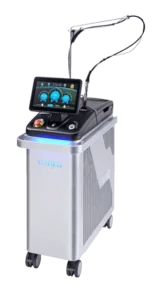In today’s world of cutting-edge aesthetic technology, non-invasive treatments have become the gold standard for achieving youthful, radiant skin without surgery. Among the leading options, Morpheus8 and Ultherapy are two standout contenders. Both promise firmer, lifted, and smoother skin—but which one truly delivers superior results?
The question most people ask is: Is Morpheus8 better than Ultherapy? This guide explores their technology, results, and recovery time to help you choose the ideal skin tightening treatment for your goals.
If you’re exploring non-invasive facelift options, you can visit Laser & Beyond—a clinic known for its advanced technology and tailored aesthetic solutions.
Understanding Morpheus8: The Science Behind RF Microneedling
Morpheus8 is an innovative treatment that combines microneedling with radiofrequency (RF) energy. Tiny, ultra-fine needles penetrate the skin to deliver heat deep into the dermis and subdermal layers. This process remodels collagen and elastin, leading to tighter, smoother, and more youthful skin.
What makes Morpheus8 stand out in the RF microneedling vs ultrasound debate is its dual-action approach. It not only resurfaces the skin but also strengthens its foundational structure by stimulating natural collagen production. The result? Visible lifting and firming from the inside out.
To learn how this technology works and what to expect during treatment, explore the Morpheus8 Treatment Guide at Laser & Beyond. It breaks down every stage of the process, from preparation to aftercare, helping you make an informed decision.
Ultherapy Explained: Precision Through Focused Ultrasound
Ultherapy is another breakthrough in non-invasive skin tightening. It uses focused ultrasound energy to target the deeper layers of the skin, specifically the SMAS (superficial muscular aponeurotic system)—the same layer tightened during a surgical facelift.
By heating tissue at precise depths, Ultherapy triggers your body’s natural collagen production. Over time, the treated areas become firmer, lifted, and more contoured. This makes Ultherapy an excellent choice for tightening the jawline, lifting the brows, and rejuvenating the neck.
When comparing Morpheus8 vs Ultherapy, the difference lies in the delivery method. Ultherapy works from the inside out by focusing ultrasound energy beneath the skin’s surface. Morpheus8 works from the outside in by combining microneedling and RF energy for full-spectrum rejuvenation.
RF Microneedling vs Ultrasound: Key Differences
Both technologies have their strengths, but they target different concerns. Here’s how they compare:
- Technology – Morpheus8 uses radiofrequency energy through microneedles, while Ultherapy relies on ultrasound imaging and energy.
- Treatment Depth – Morpheus8 treats both superficial and subdermal layers, whereas Ultherapy reaches deeper to lift the SMAS.
- Treatment Sensation – Morpheus8 feels like controlled warmth and light pressure; Ultherapy can feel like short bursts of energy beneath the skin.
- Results Timeline – Morpheus8 results appear after 3–4 weeks and improve for months. Ultherapy results develop gradually over 2–3 months.
- Downtime – Morpheus8 has minimal downtime (1–3 days); Ultherapy requires none.
The key takeaway? Morpheus8 refines surface texture while tightening deeper layers, while Ultherapy focuses more on deep tissue lifting.
Is Morpheus8 Better Than Ultherapy?
So, is Morpheus8 better than Ultherapy? The answer depends on your goals.
Morpheus8 is ideal if you want to address fine lines, acne scars, and uneven skin texture along with skin tightening. Its RF microneedling technology works at multiple depths, giving you smoother, tighter, and more even skin.
Ultherapy, on the other hand, excels in lifting and tightening areas like the chin, jawline, and neck. It’s the preferred option for those seeking subtle lift and contour improvement.
However, according to many skin tightening reviews, patients often find that Morpheus8 delivers more comprehensive rejuvenation. Because it targets both the skin’s surface and deeper layers, it provides a smoother texture and stronger overall tightening effect.
Downtime: Morpheus8 vs Ultherapy
When it comes to downtime, Morpheus8 typically involves mild redness and swelling that subsides within a few days—comparable to a light sunburn.
In contrast, Ultherapy boasts virtually no downtime. You can return to your daily activities immediately after treatment, though you may experience mild tenderness or tingling that fades within a few days.
For patients seeking instant recovery, Ultherapy may seem more convenient. However, those prioritizing long-term collagen stimulation and texture improvement often find Morpheus8’s brief downtime a small price for greater results.
Treatment Experience and Comfort Levels
Both treatments are designed with patient comfort in mind.
Before a Morpheus8 session, a numbing cream is applied to minimize discomfort. The sensation is often described as a warm, prickling feeling. Ultherapy, meanwhile, can feel like short bursts of heat as ultrasound energy penetrates the skin.
Clinics such as Laser & Beyond use advanced techniques and modern devices to enhance comfort during both procedures. Their expert providers tailor each treatment for optimal results with minimal discomfort.
Results Comparison: Longevity and Effectiveness
Morpheus8 results are typically visible within a few weeks and continue to improve for months as collagen production increases. With proper skincare, the effects can last up to a year or more.
Ultherapy results appear gradually and can last between 12 to 18 months. The natural collagen-building process means the full benefits emerge slowly over time.
Both treatments are effective, but Morpheus8 often wins in the Morpheus8 vs Ultherapy comparison because it treats multiple layers of skin and provides visible surface rejuvenation along with tightening.
Who Is the Ideal Candidate?
Both Morpheus8 and Ultherapy cater to individuals seeking non-invasive facelift options.
Morpheus8 suits those with mild to moderate sagging, rough texture, enlarged pores, or fine lines. Ultherapy works best for individuals with mild jowls, loose neck skin, or drooping eyebrows.
Neither replaces surgical facelifts for severe laxity, but both offer significant results for people who want natural rejuvenation without surgery.
Combination Treatments: The Future of Non-Invasive Rejuvenation
Some aesthetic professionals now combine RF microneedling and ultrasound technologies for comprehensive skin rejuvenation.
Morpheus8 refines and tightens the skin’s surface, while Ultherapy lifts deeper layers for more structural support. This combination delivers firmer, smoother, and more youthful-looking skin.
Clinics equipped with advanced laser and aesthetic technology like Laser & Beyond often customize these dual-modality treatments to maximize results while maintaining natural facial harmony.
Aftercare and Recovery
Post-treatment care is simple for both procedures.
After Morpheus8, you may notice mild redness for a day or two. Keep the skin clean, avoid sun exposure, and apply hydrating products. Ultherapy, on the other hand, requires no special aftercare beyond hydration and sun protection.
Following your provider’s aftercare instructions ensures your skin heals optimally and that you enjoy the longest-lasting results.
What Do Skin Tightening Reviews Say?
Real-world skin tightening reviews highlight the effectiveness of both treatments.
Patients who undergo Morpheus8 often report smoother, tighter skin and improved elasticity, while Ultherapy clients love the subtle lifting and definition it gives to the jawline and brow area.
Ultimately, both treatments are proven to deliver excellent results—Morpheus8 tends to excel in texture improvement and collagen remodeling, while Ultherapy offers visible lift and definition.
Morpheus8 vs Ultherapy NYC and Beyond
While many compare Morpheus8 vs Ultherapy NYC for their popularity in high-end aesthetic clinics, these treatments are now available globally. The key to achieving the best outcome lies in finding an experienced provider who tailors the treatment to your specific needs, skin condition, and goals.
The Verdict: Which Treatment Wins?
So, which treatment wins the Morpheus8 vs Ultherapy battle?
Both are exceptional choices. If you’re looking for deep lifting and subtle contouring, Ultherapy is a proven option. If you want improved texture, firmness, and glow with minimal downtime, Morpheus8 may deliver more transformative results.
Ultimately, consulting with a licensed provider at a reputable clinic will help determine the right choice for your skin type and aesthetic goals.
Conclusion: Take the Next Step Toward Younger-Looking Skin
Both Morpheus8 and Ultherapy offer exceptional non-invasive facelift options that tighten, lift, and rejuvenate your skin without surgery. Whether you prioritize deeper lifting or texture refinement, each delivers real, lasting results.
If you’re ready to explore the treatment best suited for your needs, schedule a personalized consultation with the experts at Laser & Beyond. Their skilled specialists use advanced devices and tailored plans to help you reveal firmer, smoother, and more radiant skin.
Take the first step toward youthful confidence today. Visit Laser & Beyond to discover how Morpheus8 and Ultherapy can redefine your beauty—naturally.
FAQs: Morpheus8 vs Ultherapy
Yes. Many providers combine both for enhanced results—Morpheus8 for surface rejuvenation and Ultherapy for deeper lifting
Typically, 2–3 sessions spaced one month apart deliver optimal results.
Results gradually appear over 2–3 months as collagen forms, with improvements continuing for up to 6 months.
Topical numbing ensures comfort. Most patients report mild warmth or tingling during the procedure.
Both last 12–18 months, but Morpheus8 often maintains results longer due to deeper collagen remodeling.

